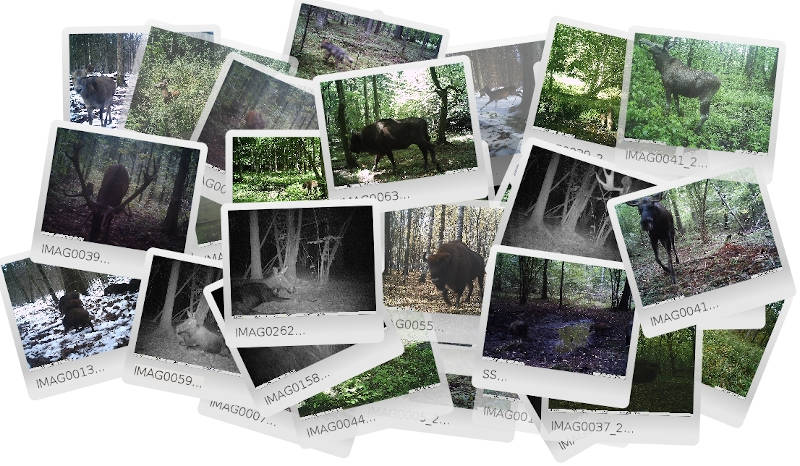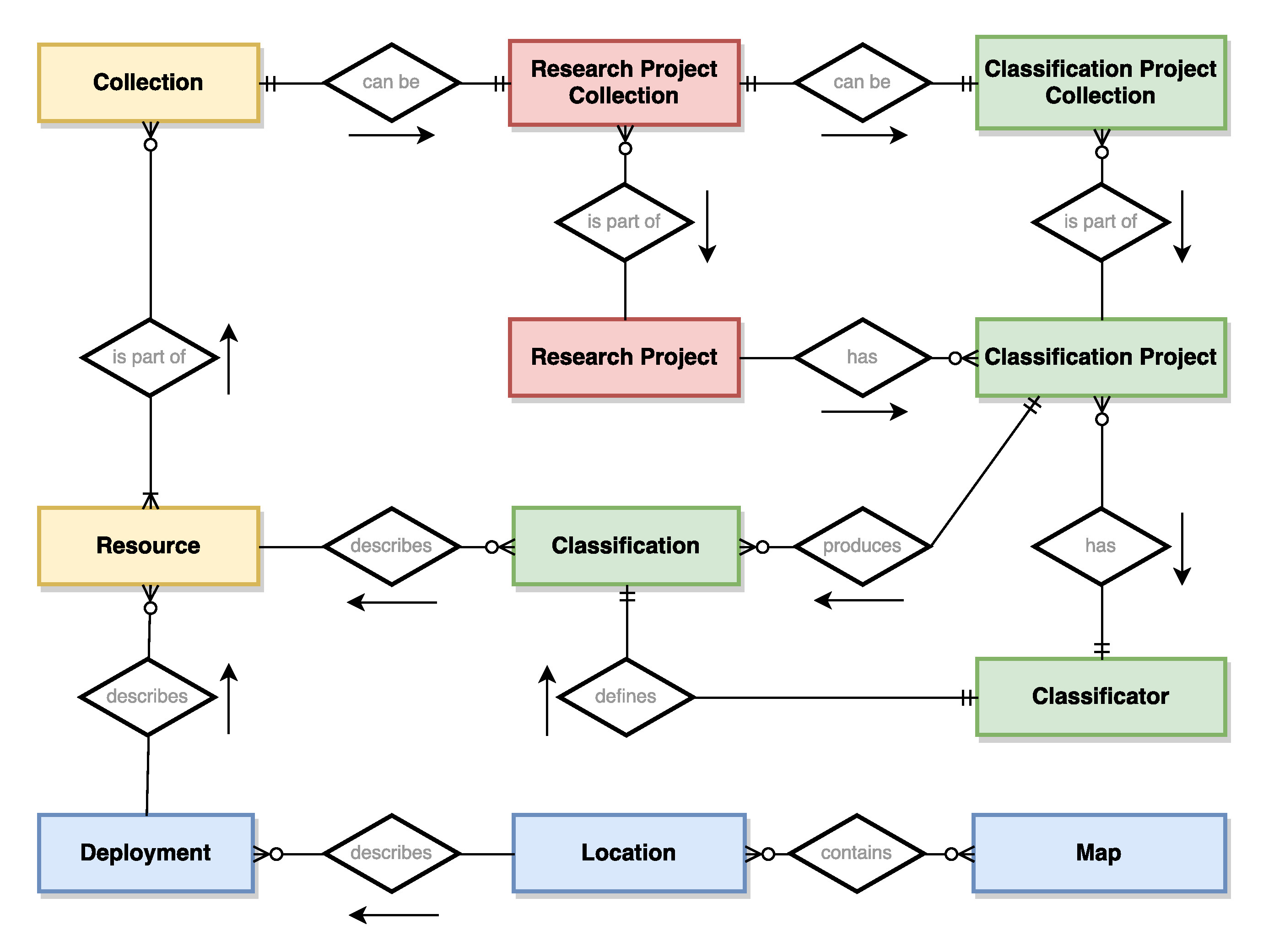
TRAPPER: an open-source web‐based application to manage camera trapping projects
Camera trapping is increasingly becoming an important tool in ecological research. However, the organization of large collections of multimedia files and especially efficient searching for subsets of data is a challenging task. While the development of project‐specific software solutions is dominating in the camera trapping community, little attention has been paid to more flexible and open‐source solutions supporting diverse camera trapping research projects.

We used state of the art and well‐recognized open-source software components and programming language python to design and implement TRAPPER, a flexible data base driven web application to manage, classify, integrate, share and re‐use data in camera trapping projects.
TRAPPER can therefore be widely used by ecologists working with a variety of camera trap studies, alone or in collaboration with each other. TRAPPER is currently supporting several research institutions in Poland and Sweden and one large-scale collaborative camera trapping project involving 10 national parks in Germany.
TRAPPER in a nutshell
- it is fully open‐source,
- it facilitates analysis of videos as well as images,
- it provides spatial filtering and web‐mapping,
- it allows flexible implementation of specific data collection protocols,
- it is a multi‐user and role-based system which facilitates collaborative work on camera trapping projects,
- it supports data re‐use and (re)discovery
- it supports cloud storage of camera trapping images & videos
TRAPPER: storing and organizing camera trapping data
In trapper users can easily organize uploaded photos and videos into multiple collections. This means that a single record or a collection of records can be part of multiple collections aimed to answer different research questions thus supporting reuse of camera trapping data. Selecting records is primarily conducted through a robust and convenient interface for searching and filtering available records based on their metadata (e.g. period, time, deployment, collection or previously assigned tags). Users have access to their own and public data or data shared with them (on request) by the others. By default only owners and managers of a given data set have permissions to edit/delete it. Users have the freedom to decide to make their data publicly available or to share it only within a small group of collaborators. Moreover, based on the assigned role, users can obtain read‐only access to data from other projects. This creates a platform for collaborative work on a project which can be useful for example when classifying camera trapping data.
TRAPPER: classifying camera trapping data
When uploaded and organized, camera trapping media files can be classified to extract scientific information. This step is usually a time‐consuming manual annotation of records according to a predefined classification form. In trapper we developed a web interface with many handy features facilitating this process.
Now we are integrating TRAPPER with the existing AI algorithms (e.g. Megadetector) for automatic object-detection and species-level classification of camera trapping images & videos.

